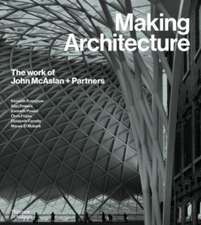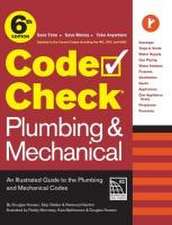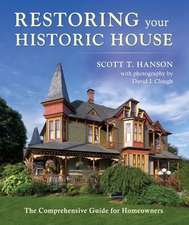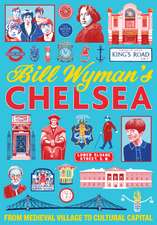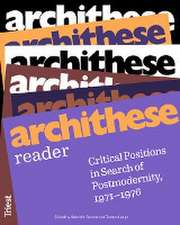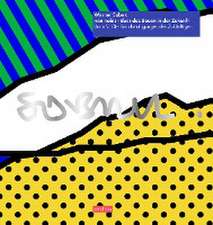Sponge Park: Gowanus Canal
Autor Susannah C. Drakeen Limba Engleză Paperback – 13 feb 2025
Before there were sponge cities, there were sponge parks. Brooklyn’s Gowanus Canal is the site of the Sponge Park master plan and pilot projects, instigating a widespread movement toward greater urban permeability. Designed by Susannah Drake and her former Brooklyn-based firm DLANDstudio Architecture + Landscape Architecture, their project was completed in 2016 and recognized with National AIA and ASLA Urban Design Awards and the inaugural Cooper Hewitt Smithsonian National Design Award for Climate Action in 2020.
The Gowanus Canal was the channelized reminder of a former freshwater creek and tidal marsh. Industrial use in the nineteenth and twentieth centuries left a legacy of heavy pollution in the soil and water. Historic industrial buildings lined the canal. Residential neighborhoods had limited opportunities to access the water’s edge. Sponge Park was conceived as a series of public urban waterfront spaces that slow, absorb, and filter dirty surface water runoff to clean contaminated canal water, reduce combined sewer overflow, and add open space in a park-starved neighborhood. Revealing the form, distribution, and size of natural ecological patterns in relation to the shape and patterns of infrastructure, neighborhoods, and political jurisdictions was a key component of the design.
This book introduces the Sponge Park in great detail with photos, illustrations, plans, and diagrams. It demonstrates the concept’s potential as a component of a larger vision for a new paradigm of coastal urbanism, upland adaptation, and right-of-way design in the twenty-first century. Sponge parks proactively address how to manage stormwater runoff from increasingly severe storm events and reduce detrimental impacts. It is a must-read for design students, architects, and academics as well as for elected officials, policymakers, and community activists.
Preț: 256.84 lei
Nou
49.16€ • 51.12$ • 41.13£
Carte disponibilă
Livrare economică 18-24 februarie
Livrare express 08-14 februarie pentru 30.99 lei
Specificații
ISBN-10: 3038602493
Pagini: 144
Ilustrații: 80 color plates, 10 halftones
Dimensiuni: 170 x 240 x 13 mm
Greutate: 0.57 kg
Editura: Park Books
Colecția Park Books
Notă biografică
Descriere
Brooklyn's Gowanus Canal is a hidden landmark, a valuable but latent asset to the local and broader community. Formerly a wetland creek, it is now severely polluted and bordered by industrial buildings. Although it is surrounded by residential neighborhoods, there is hardly any public access to the water's edge.
The existing canal bulkhead and drainage is also a piece of hard engineered infrastructure that is seemingly easy to maintain but inadequate for managing extreme weather-when it fails the impacts are catastrophic. To facilitate greater access and ecological productivity of the Gowanus Canal, Brooklyn-based firm DLANDstudio has invented the Sponge ParkTM. It is designed as a series of public urban waterfront spaces that slow, absorb, and filter dirty surface water runoff to clean contaminated canal water, reduce combined sewer overflow, and to activate the canal edge.
Revealing the form, distribution, and size of natural ecological patterns in relation to the shape and patterns of infrastructure, neighborhoods, and political jurisdictions is another key component of the design. This book introduces the award-winning Sponge ParkTM in great detail with photos, illustrations, plans, and diagrams. It demonstrates the concept's potential as component also of a larger vision for a new paradigm of coastal urbanism, upland adaptation, and right of way design in the 21st Century that anticipates more frequent extreme weather impacts and affects American policy making.
It is a must-read for design students, architects, and academics as well as for elected officials, policy makers, and community activists.


